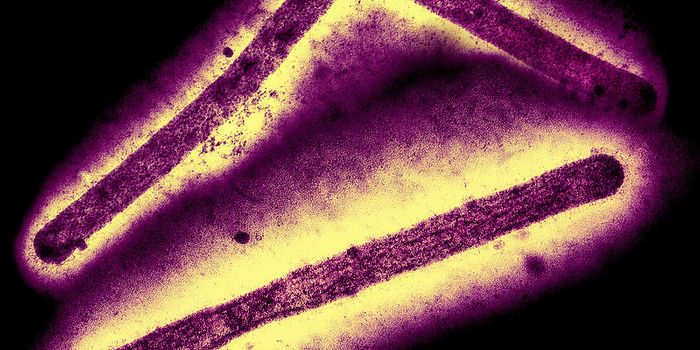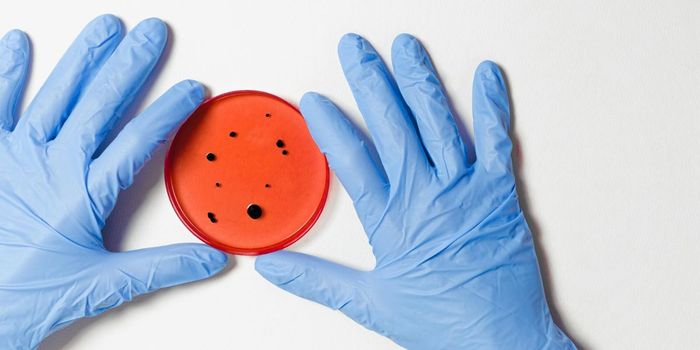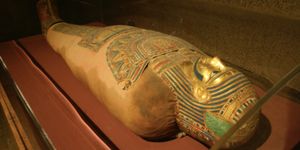Are Shopping Malls Superspreader Sites?
A new study has shown that when people go to shopping malls, they may take home more than new products, and they leave more than cash behind. Researchers studying the spread of disease in populations have been interested in what role shopping malls may play in the spread of germs. They found that floors, escalators, and other surfaces that can be found in shopping malls host microbial communities often called microbiomes, which are made up of microbes that get left behind as people move around them. Some of those microbes could be harmful, and it may be easy for people to pick them up, suggested the new research, which was reported in mSystems.
"Mall surfaces act as a pathway through which microbes move between mall areas, even between very distant regions," said study co-leader Xin-Li An, Ph.D, of the Chinese Academy of Science. "Population exposure to the mall microbiome possibly alters the trajectory of health" by bringing people into contact with pathogens, she said.
The findings suggest that pathogens in a mall don't only spread from one person to another person; they may also transmit from person-to-surface or surface-to-person.
Previous research has shown that malls were at the center of some COVID-19 outbreaks. This led researchers to speculate about how malls might be driving the transmission of other germs. "Shopping malls could be a superspreading environment for microbial contamination," An said.
In this study, the investigators swabbed mall floors and escalators and took samples from areas around the immediate exterior of the building, like soil and road dust. Genetic sequencing was used to identify the bacteria and fungi in the samples. This was done for twenty different shopping malls in Xiamen, China.
This study indicated that high levels of bacterial species could be found on mall floors, escalators, road dirt, and soils, in decreasing order of species richness. Although different malls harbored different microbes, there was a core group of microbes that was shared by 80 percent of the 274 samples that were collected. Many of those core microbes have been linked to potential pathogens.
Acinetobacter baumannii was one core member. This Gram-negative bacterium has caused many hospital-acquired infections. Another core microbe was Kocuria kristinae, and while this germ is typically a normal part of the human skin microbiome, it can lead to infections in immunocompromised people. A fungi called Cladosprorium was also a core member; this mold can lead to allergies and infection.
There were also higher levels of pathogens that can infect humans in the interior samples, including antimicrobial resistance genes, compared to outdoor samples.
Now the researchers want to know more about airborne microbes at malls, and how people might be exposed to potential pathogens simply by breathing the air in a shopping mall. This research stopped short of showing that people were being infected by pathogens at malls, or that they had actually picked up the mall microbes. However, it does seem clear that there is a risk of being exposed to microbial pathogens at shopping malls. Iit's a reminder to practice good handwashing hygeine, and suggests that wearing a mask in indoor spaces could also reduce the risk of illness.
Sources: American Society for Microbiology, mSystems









